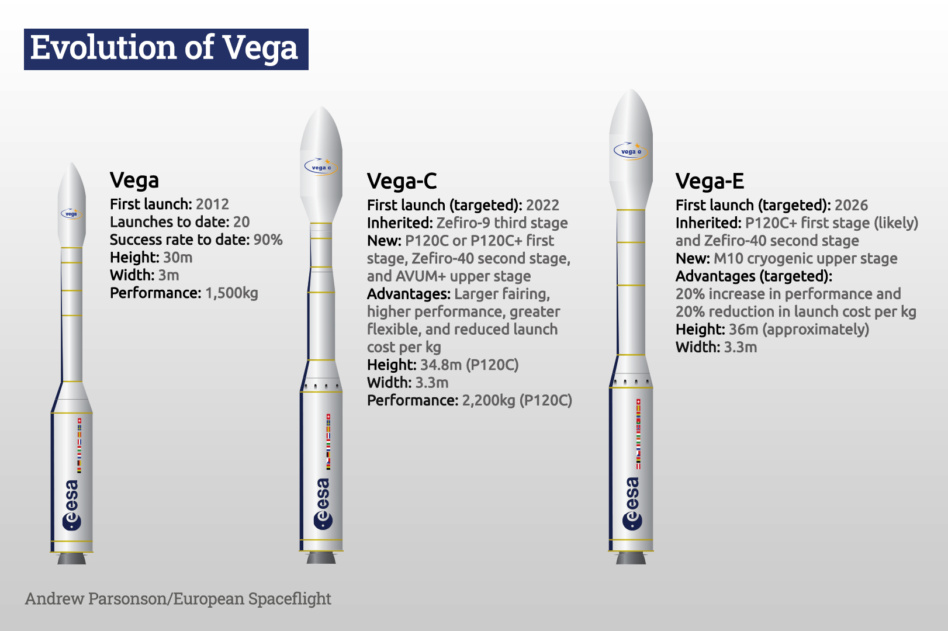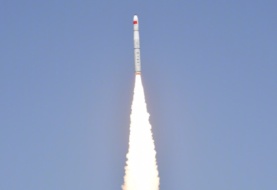ESA has contracted Arianespace to launch the EU’s Sentinel-1C Earth observation satellite aboard an Avio-built Vega-C rocket.
Sentinel-1C is expected to take over the duties from Sentinel-1B, which suffered an anomaly in December.
- In January, ESA officials said that recovery efforts had failed.
- By late February, they identified a 28V power-regulated bus as the root cause.
With the failure of Sentinel-1B, ESA had been looking at options to get Sentinel-1C into orbit as soon as possible. This latest announcement may represent a slightly accelerated timeline.
- As of March, Sentinel-1C was scheduled to be launched in mid-2023.
- With this recent announcement, the satellite is set to join the still operational Sentinel-1A in the first half of 2023.
- Specific launch dates will likely be forthcoming following the maiden flight of Vega-C
Testing performance limits: Sentinel-1C weighs in at 2,300kgs and will be placed in SSO at an altitude of around 690kms. According to ESA, Vega-C is designed to be capable of delivering 2,200kgs to a 700 km polar orbit.
Still to come this year: Vega-C is slated to make its debut in June, carrying the passive LARES-2 satellite for the Italian Space Agency. Six small satellites will also be hitching a ride aboard the flight.




